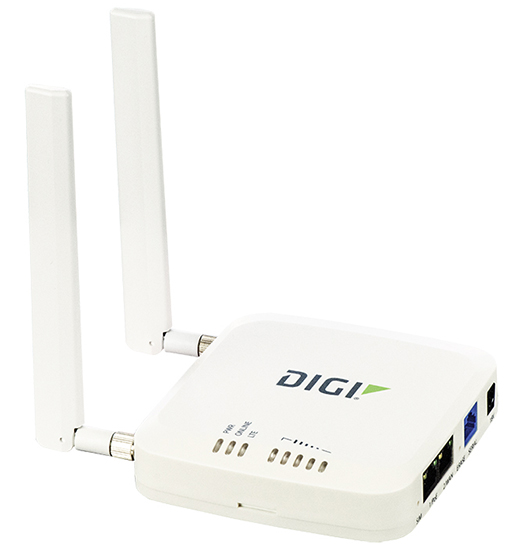Now that we have been working remotely a lot longer than anyone could imagine back in March, 2020, it is time to revisit our work-from-home setup. For most of us this means that we are creating new work spaces out of card tables and fold-up chairs. On the technology side, some of us have been able to sneak back into the office to bring home an extra monitor; however one thing that hasn’t changed is how we connect to the Internet.
Nearly everyone is connecting to email, corporate servers, Zoom and other videoconferencing services over our home Wi-Fi routers. In many cases these home routers are being pushed to the brink between remote work, online school, Netflix, YouTube and other streaming services, resulting in poor quality videoconference calls and reduced productivity.
On the IT management side, these home routers haven’t gotten much attention over the past several years. In many cases they are old, running outdated firmware and more than likely not they are not up-to-date with regard to corporate security. Think about the number of firmware updates and security patches you have made to your mobile phone in the past several years. Now think about the last time the home router’s firmware was updated.
What we have now created is a similar situation to back in 2010-14, when employees started using their new iPhone or Android smartphones for work. People began to ditch their IT-managed Blackberry phones for devices no longer managed by corporate IT, creating security risks, risk of lost or stolen data, as well as unmanaged data connectivity costs. Back then we called it “BYOD” or Bring Your Own Device to work. Today we find ourselves in a similar situation but it may be less apparent. Effectively, we have moved to a “BYOR” or Bring Your Own Router to work paradigm, where we are using our home Wi-Fi routers for enterprise communications.
How the COVID-19 Pandemic Caused Us to Evolve
When the pandemic was looking to be a 2-3 month situation, using the home router as part of your technology set-up for work seemed fairly low risk. Now that we are rethinking what “work” looks like for much of our workforce, we need to think of a more long-term, sustainable solution going forward. Countless surveys have been done demonstrating that employees have remained productive and enjoy both the flexibility of working from home as well as the quality of life benefits from having no work commute to worry about. Let’s be clear: it is looking like there will be a permanent shift in how work is done and the need for people to physically to be together at all times.
Since this is likely to be more of a permanent thing, we probably need to reconsider the current BYOR approach to enterprise connectivity. Why not re-invest some of the savings in commercial real estate in providing a more secure, reliable and manageable way to allow people to connect? Consider the cost savings of not having people go to the office. Assuming 200 sq/ft per person in work and common space and a commercial office rental rate of $30 sq/ft and you are talking about $6,000 cost savings per year. This is not to mention additional costs of hosting employees at an office including cafeterias, parking/transportation subsidies, insurance, etc.

Why not use some of the cost savings to provide each home worker with not only a laptop and monitor but also an
enterprise grade cellular router which will provide a dedicated, secure and managed method for employees to connect remotely to the systems needed to do their work. An LTE router can be deployed anywhere you can receive a cellular signal, can be provisioned to work with multiple carriers to provide redundancy, and requires minimal installation support.
In addition to the corporate IT benefits mentioned earlier, it allows for centralized management of all IT assets ensuring standardization of firmware version and configurations and the ability for IT to remotely manage and troubleshoot a device, etc. In many cases, the cellular network will be able to provider higher throughput than many employees’ home Internet connections improving the overall experience of working remotely for the employee.
Since managing cellular routers is going to be new for most IT departments, there are many managed service providers (MSPs) out there who already do this for business customers and can provide a simple OpEx model that bundles all components of the solution, including monitoring. Let’s take care of BYOR like we did with BYOD and provide security and control back into all of our IT infrastructure!
A Digi expert can help your team identify the right solutions to support your goals for remote worker productivity and security.
Contact us to start the conversation.